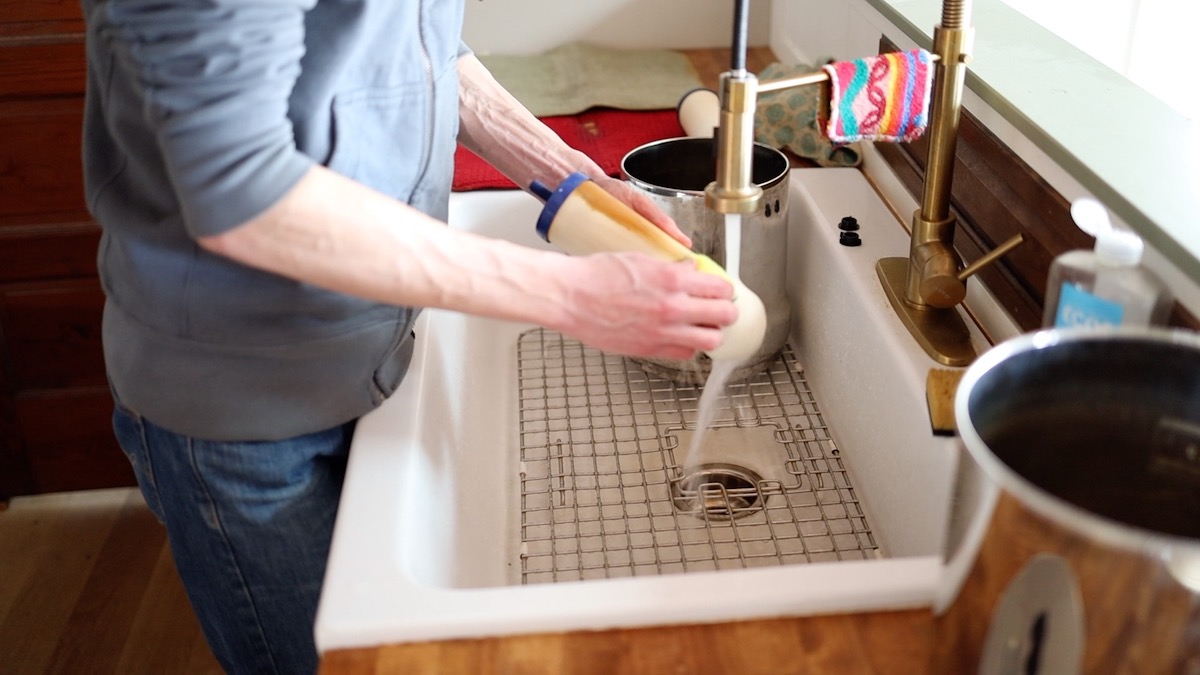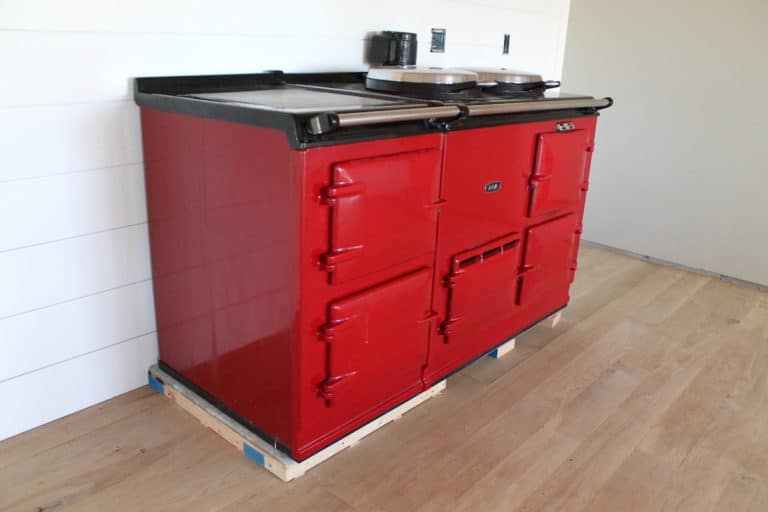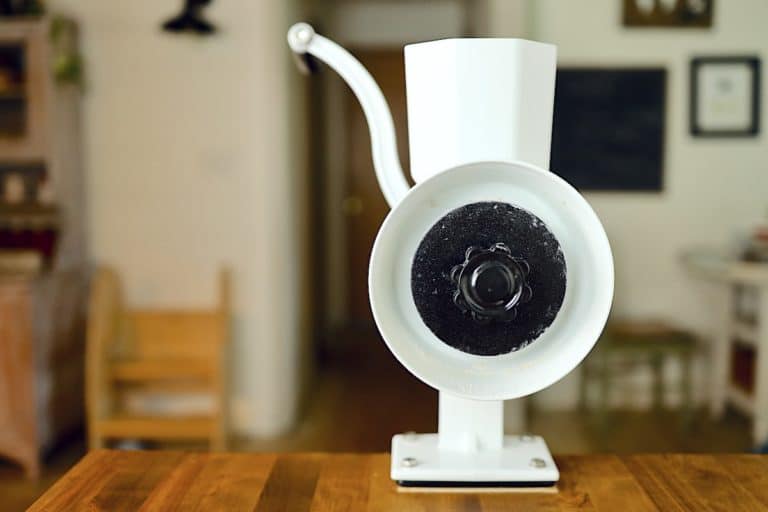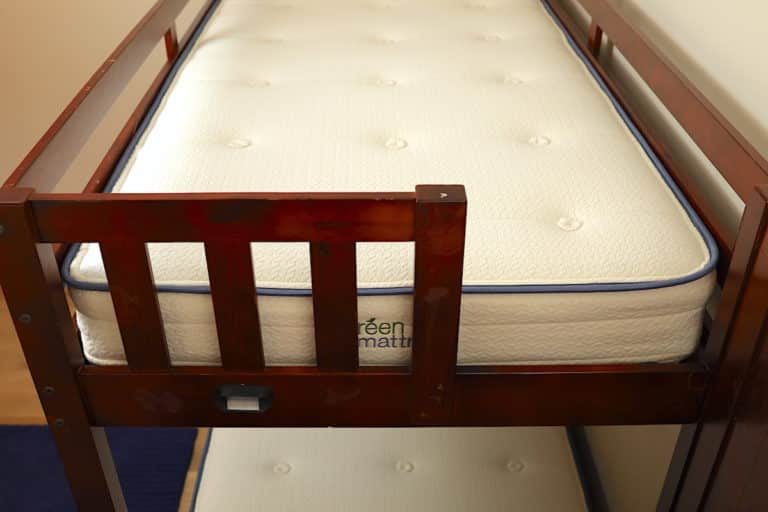ProOne And Berkey Dye Test (How & When To Test)
Are the filters in your gravity water filter nearing their end of life? Or, are you wondering if they’re installed correctly? Then you need to do a dye test! A ProOne or Berkey dye test will show you just how effective your filters are and if you might need to consider replacing them.
Knowing that clean water for drinking was an essential part of keeping a natural home, we purchased our Big Berkey water filter over 10 years ago. We have loved the simple, timeless design, and quality construction these gravity filters offer.
But, when it finally came time to replace our filters we wanted to see what other options were out there. That’s when we discovered ProOne.

We picked up a couple of their G2.0 filters, installed them in our Berkey, and have been big fans since. You can check out our full review comparing ProOne vs. Berkey filters.
After one year of using our ProOne filters, we wanted to see if they are still filtering our well water effectively. That’s when we recently put them through the blue dye test that ProOne recommends.
What is a Dye Test for Gravity Water Filters?
In a dye test, artificial food coloring is added to water in the top chamber of a gravity water filter. The dye acts as a visual representation of the contaminants your filters should be removing.
If the dyed water passing through your filters comes out clear or only slightly tinted, this signals your filters are working and installed correctly. If the filtered water still has an obvious blue, red, or pink hue, then something is off and your filters are not working properly.

There is nothing scientific about doing a blue or red food coloring test. It does not take the place of lab testing your water. It’s a very basic test.
A dye test is, however, effective as a performance test or diagnostic check to make sure your gravity water filter is properly set up and the white or black filters still have life left in them.
How To Perform a Water Filter Dye Test
To perform your ProOne or Berkey dye test, here is what you will need:
- Blue or Red artificial food coloring
- Quart or half gallon sized mason jars (One per filter)
- Large spoon

Step 1 – Mix Dye
First, if you are using Berkey fluoride filters, remove those prior to dye testing.
Then, add two drops of food coloring to the water you are testing. If your filter is a smaller, travel size filter, then one drop will be sufficient. Never drop dye directly onto filters.


To mix your dye you have two options: 1) fill the top chamber with tap water and add your dye directly to the water, or 2) fill a separate jar or pitcher with about one gallon of water and mix in your dye.
Tip: Berkey recommends only using McCormick’s liquid red food coloring. ProOne recommends using blue dye, but mentions that red dye is also acceptable. Both colors will produce similar results. Per this article, avoid using natural dyes that may give inaccurate results.
Stir water with a large spoon until the color is uniform. Pour dyed water into the upper chamber of the filter (if necessary).
Step 2 – Place Filter On Top Of Jars
At this point, the upper chamber of your filter is actively filtering the dyed water. Move your top chamber on top of mason jars so that the spout or stem of each filter drains into a separate jar placed below it.

Tip: Half gallon mason jars work well when 2 or fewer filters are in use. However, when 3 or more filters are being used, quart sized jars allow for a tighter fit.
Check to make sure the upper chamber of your filter is balanced and secure atop the jars and that each filter is draining properly into the jars below.
Step 3 – Wait
This step is easy—wait! The goal is to collect a large enough sampling size in the collection jars to observe the clarity of the filtered water.
Depending on the flow rate of your filters, you might wait anywhere from 5-30 minutes.
Step 4 – Observe Results
Once your jars are at least half full, give the water a careful inspection. Is it clear? Is it tinted? Does it look just like the dyed water in the upper chamber?

If your water is perfectly clear, then your filters are working effectively to filter your water.
Tip: Berkey says that if any red or pinkish tinge is observed, the filter is exhausted and needs to be replaced. ProOne states, “If the water is either clear or slightly tinted, your filter(s) are working correctly.”
However, if you see a definite red or blue tint, this indicates 3 possibilities:
- Your filters are exhausted and in need of replacement.
- Your filters are not installed correctly.
- A filter is damaged and not filtering properly.

Unless you have reason to believe a filter was damaged in some way, it’s likely that option 1 or 2 are the culprit.
Looking for additional details on dye testing or replacing filters? Here are further instructions from each company:
What happens when filters fail the dye test?
When one or mutliple filters fail the dye test, it’s always a good idea to make sure your filters are installed properly before replacing them.
The number one issue is when a filter does not have a proper seal causing water to flow freely into the bottom chamber. This means that either the rubber washer below the filter is not installed or seated properly, the plastic wing nut is not tightened enough, or both.

(1) Remove and inspect the filter and reinstall per the manufacturer’s instructions. (2) Also, doublecheck that the blocking plugs are properly installed in the unused holes. (3) Once your filters are reinstalled and have a snug fit, you can perform the dye test again.
If your filters produce the same results, then you likely need new filters. If the water passing through them is now clear, then you now know you have a correct seal and proper installation.
This is the beauty of each filter having its own collecting jar. You can diagnose which individual filter is not installed properly or needs replacement.
Should I clean my filters after performing a dye test?
While it’s not necessary to clean your filters after performing a dye test, it is recommended. If anything, it is a good time to perform a routine scrub down of your filters and wash the upper chamber, lower chamber, and other components. ProOne recommends a monthly cleaning of their filters.

How long do Berkey filters last?
Berkey recommends replacing your Black Berkey Filters every 3,000 gallons. This is per filter, so 2 filters extend that life to 6,000 gallons. Many Berkey owners have claimed to get 5-8 years of use from their filters. Their lifespan ultimately depends on how often you refill your filter. Berkey’s PF-2 Fluoride Filters are recommended to be changed out every 6-12 months, or 1,000 gallons, whichever comes first.
How long do ProOne filters last?
Each size of filter ProOne makes is rated for a different lifespan. The larger the filter, the longer the lifespan. Here is the breakdown:
Note that the rating is per filter being used. So if you have two 9” filters, then they will be rated for a total of 1,200 gallons. Four 7” filters will be rated for a total of 2,000 gallons.

If you are considering using ProOne filters in your Berkey, or any other major brand of gravity filter, you can reference this chart to know which size filter is recommended.
Or check out our full ProOne Filter Review.
Some of the above links are affiliate links. This means we earn a small commission on qualifying purchases at no cost to you. We are so appreciative of your support!
Pin it for later!







